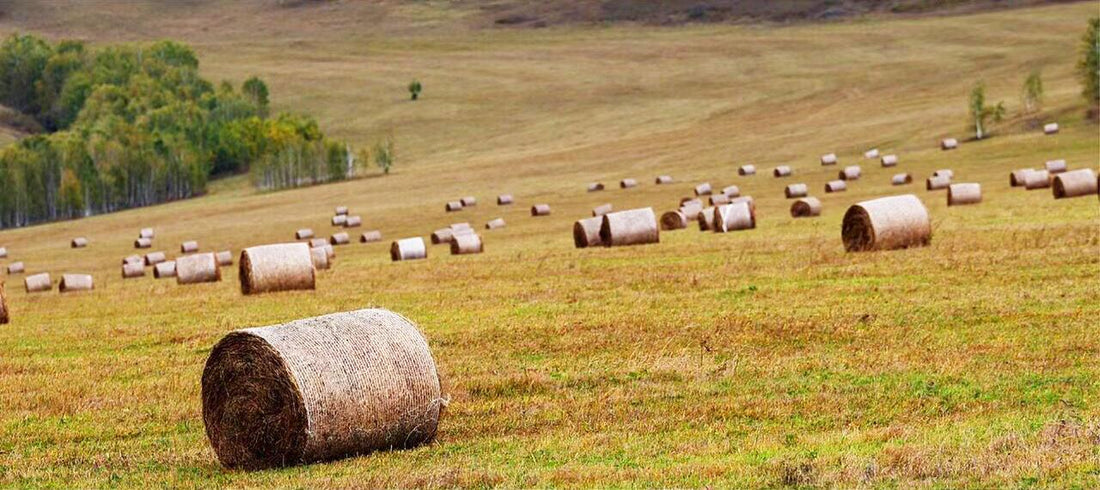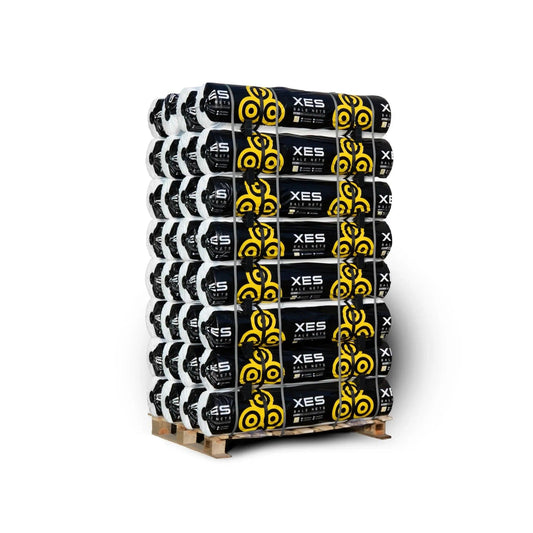Introduction
There are several stacking methods to store large round bales, including Individual Bales, End to End, and Stacks. The choice of method can significantly impact hay quality and storage efficiency.
1. Individual Bales Stacking Method
Storing bales individually can provide convenience for handling using equipment that grabs the bales from both ends. However, it's important to note that adequate air circulation is essential to prevent moisture buildup and preserve hay quality. To achieve this, maintain a minimum of 18 inches of space between individual bales. Avoid stacking bales with their rounded sides touching, as this can create a trap for rain and snow, potentially leading to damage and spoilage. While handling with truck-mounted equipment might be easier in this method, losses can be higher due to improper air circulation.
2. End to End Stacking Method
Tightly stacking bales end to end can optimize storage space and protect the ends from weathering. This stacking technique helps prevent rain from penetrating the bale ends and causing damage. When stacking bales end to end, consider arranging them in north-south rows. This arrangement ensures equal sunlight exposure on both sides of the bale rows, promoting uniform drying. Leave at least 3 feet of space between rows to allow for proper air circulation and sunlight penetration, reducing the risk of snow accumulation on the bales. If snow accumulation is a concern, increase the distance between rows to enable sunlight to melt the snow effectively.
3. Stacks Stacking Method
Stacking bales in pyramid formations has been a common practice to save storage space. However, it's important to cover the stacked bales to prevent significant weathering losses. Studies have shown that unprotected bales in pyramid stacks can experience substantial dry matter losses due to exposure to the elements. To minimize such losses, ensure adequate covering for bales stacked in pyramid formations.
Conclusion
Choosing the right stacking method for large round bales is crucial to preserving hay quality and minimizing storage losses. Each method has its benefits and considerations, so it's important to assess factors such as air circulation, exposure to the elements, and ease of handling before making a decision. Remember that proper site selection and covering bales appropriately are key factors in successful hay storage.



